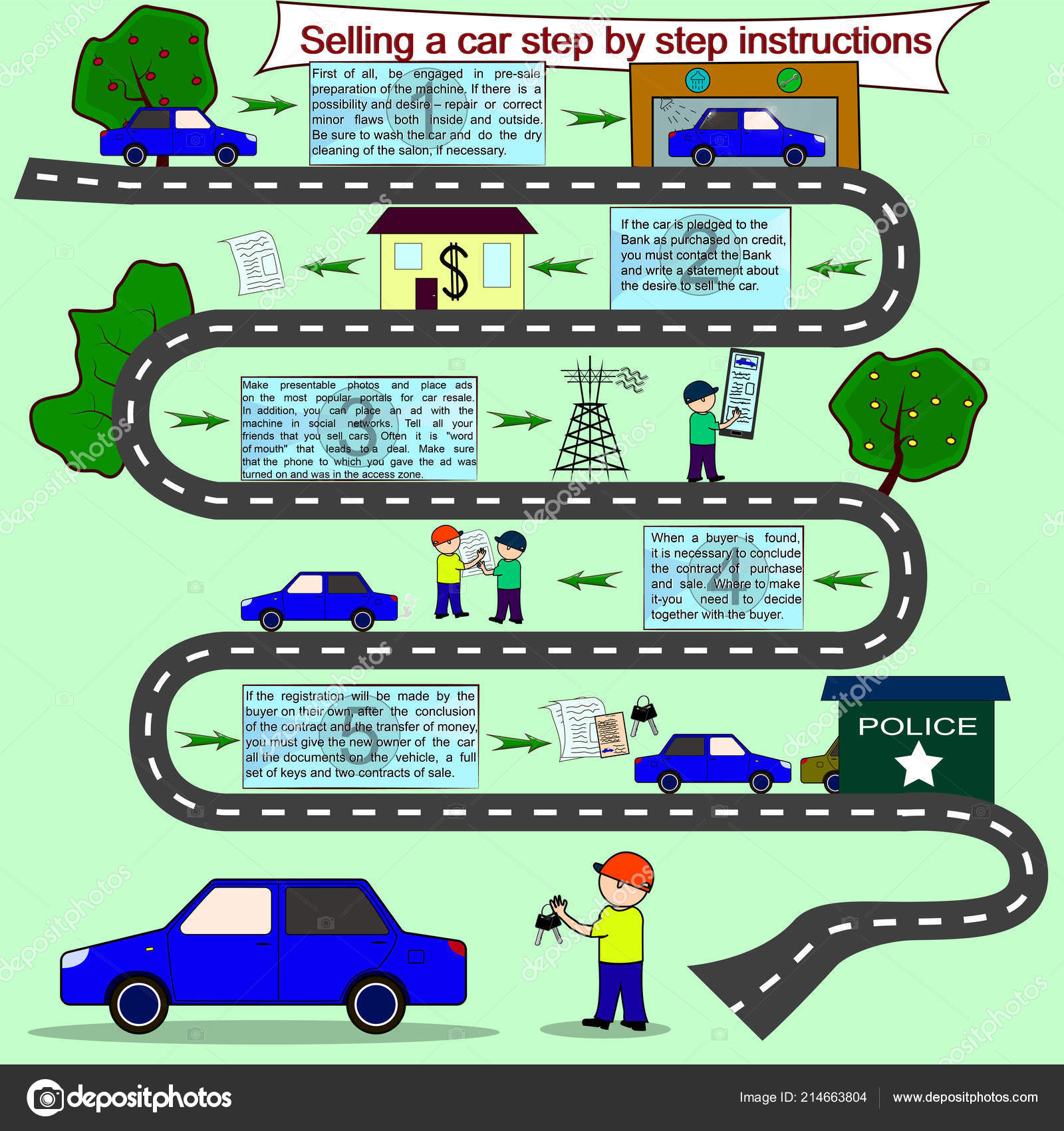Comprehending The Definition Behind Your Vehicle'S Caution Lighting: An In-Depth Look
Comprehending The Definition Behind Your Vehicle'S Caution Lighting: An In-Depth Look
Blog Article
Written By-Boye Torres
When you're behind the wheel, those radiant warning lights on your dashboard can be a bit perplexing. Do you know what they're attempting to inform you concerning your car's health and wellness? Comprehending the significance of these lights is vital for your safety and security and the longevity of your car. So, the next time one of those lights pops up, would not you want to decipher its message precisely and take the needed steps to resolve it?
Common Caution Lights and Interpretations
Identify common caution lights in your automobile and comprehend their definitions to make certain risk-free driving.
One of the most typical caution lights consist of the check engine light, which signifies concerns with the engine or discharges system. If this light comes on, it's critical to have your car examined immediately.
The oil stress cautioning light shows reduced oil stress, needing prompt focus to prevent engine damage.
A blinking battery light may suggest a damaged charging system, potentially leaving you stranded if not addressed.
The tire stress monitoring system (TPMS) light alerts you to reduced tire stress, influencing lorry security and fuel efficiency. Overlooking this might result in unsafe driving problems.
The ABS light shows a problem with the anti-lock braking system, jeopardizing your capability to stop swiftly in emergencies.
Finally, the coolant temperature level warning light warns of engine getting too hot, which can result in serious damages otherwise fixed promptly.
Understanding these typical warning lights will certainly help you resolve issues without delay and keep secure driving problems.
Importance of Prompt Interest
Understanding the common caution lights in your automobile is just the first step; the value of without delay attending to these cautions can't be highlighted sufficient to guarantee your safety and security when traveling.
When check it out illuminates on your dashboard, it's your auto's method of communicating a possible concern that requires interest. Overlooking these warnings can result in extra severe issues in the future, endangering your security and potentially costing you extra out of commission.
Motivate attention to cautioning lights can prevent break downs and accidents. For example, a blinking check engine light can show a misfire that, if left unattended, might create damages to the catalytic converter. Addressing car groomers near me can save you from an expensive repair service.
Similarly, a brake system cautioning light may signal reduced brake liquid or worn brake pads, important parts for your safety and security when driving.
Do It Yourself Troubleshooting Tips
If you discover a caution light on your control panel, there are a few DIY troubleshooting ideas you can attempt prior to seeking specialist assistance.
The first step is to consult your vehicle's guidebook to understand what the details warning light suggests. In some cases the problem can be as easy as a loosened gas cap setting off the check engine light. Tightening up the gas cap might fix the issue.
One more usual problem is a low battery, which can cause numerous advising lights. Checking the battery connections for deterioration and ensuring they're protected may deal with the issue.
If a caution light lingers, you can attempt resetting it by detaching the cars and truck's battery for a few mins and then reconnecting it. In addition, inspecting your vehicle's fluid levels, such as oil, coolant, and brake liquid, can assist troubleshoot cautioning lights associated with these systems.
Final thought
In conclusion, comprehending your car's caution lights is necessary for keeping your car running smoothly and safely. By promptly dealing with these alerts and understanding what they imply, you can avoid costly repair work and potential malfunctions.
Bear in mind to consult your auto's handbook for particular details on each cautioning light and do something about it accordingly to ensure a hassle-free driving experience.
Keep informed, stay safe on the road!
